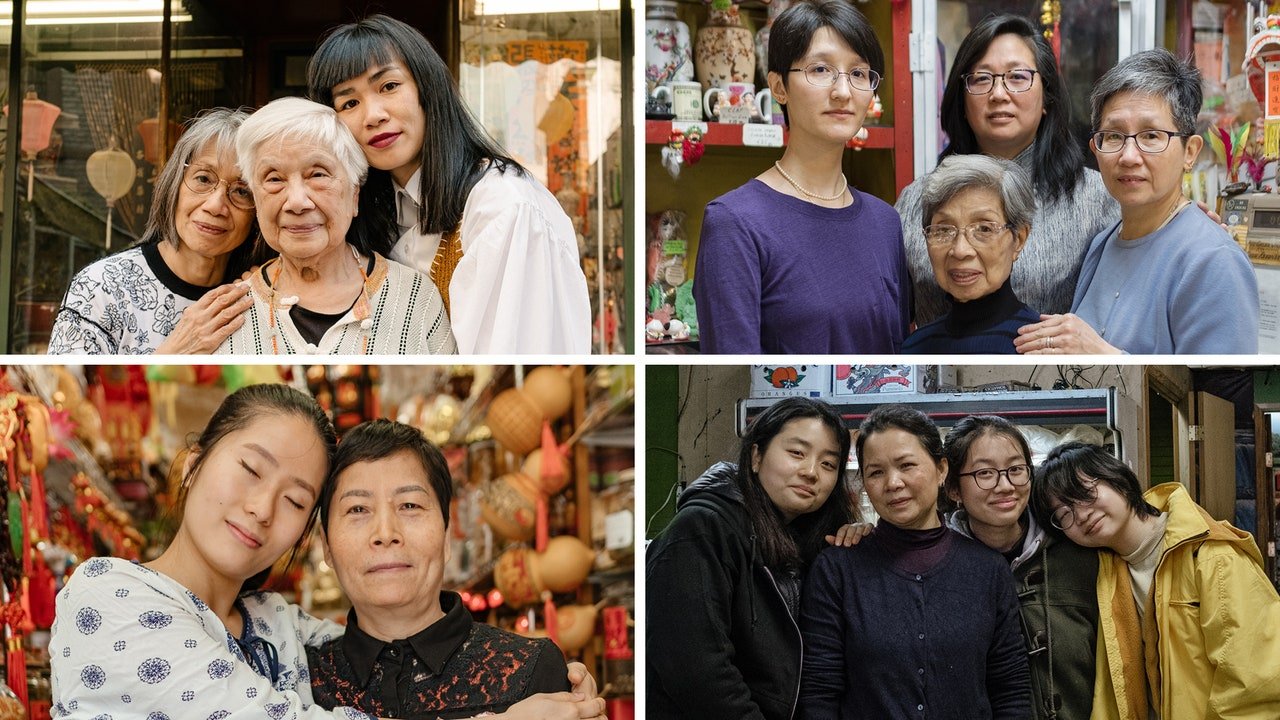Like so much in Chinatown, there’s more than meets the eye at Ting’s.
Duck into the small red storefront at the corner of where Doyers Street abruptly ends at Pell Street, and it’s like stepping back in time. Not to the days when Doyers—a 200-foot street with a bend in its middle—was the Bloody Angle, the deadliest street in American history, but a few decades after that, to mid-century New York City. Every inch is crammed—from the paper fans and umbrellas dangling from the ceiling to the embellished slippers stacked near your feet. Its air of tightly controlled chaos is a delightful contrast to today’s minimalist, sterile boutiques.
Since Ting’s first opened in 1956, Tam Ting has spent her life lovingly curating the selection of goods at this jewel box of a shop. There are postcards from Asia that she and her husband brought back from their travels, all kinds of porcelain tableware, hand-painted mini Chinese opera masks that can double as brooches. There’s not an NYC tourist tee or miniature Statue of Liberty in sight. “It’s the last authentic souvenir store in America,” Chinatown doyenne Grace Young raves to me. “Nothing at all like Canal Street.”
But look below the rows of piggy banks and beckoning-cat figurines, and you’ll spot an artifact that’s not for sale: a wooden board that pulls down on hinges to form a child-height desk. There are three such boards—all worn from daily use and rich with scratches and errant carved letters—around the shop, one for each of Tam’s daughters. “I used to sit here and do my homework,” Lilian, the youngest, shows me. “It was a way for Mom to work and still be a parent. We really all grew up here.”
The story of New York’s Chinatown is one of small, family-owned businesses like Ting’s. In big-business Manhattan and in the era of retail-chain ubiquity, the overwhelming majority of commercial venues in Chinatown—some 94%—remain small businesses.
But today, this historic neighborhood faces the gravest threat to its existence since September 11, when its economy was crippled and its garment-factory industry decimated. Chinatown was walloped by 2020’s one-two punch: First, xenophobia and coronavirus-driven fears kept shoppers, diners, and tourists away at the start of last year, many weeks before the economic impact of the coronavirus was felt in the city’s other parts. (Chinatown reported profit losses of up to 70% as early as February 2020.) And then came the statewide shutdown orders that forced the vast majority of Chinatown businesses (including 85% of the 270-plus eateries) to quickly close their doors for many months on end. There has also been a rise in anti-Asian violence, motivated by racist misperceptions of COVID-19’s origin.
